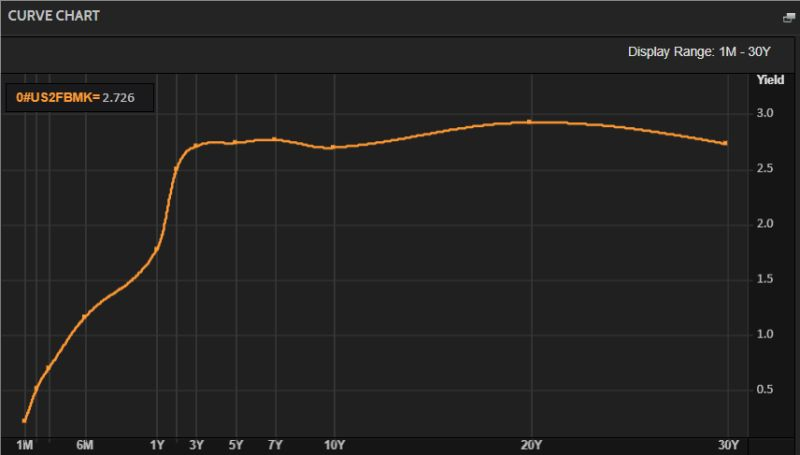In normal times, investors expect higher #interestrates on bonds with higher maturity

as a compensation for higher risk, since they lend over money for a longer time horizon, causing the yield curve to be sloped upward. But this is not always the case.
When there is a surge in demand for long term Government bonds compared to short term bonds an #inversion of the #yieldcurve might happen. When this event takes place, it usually indicates to most investors that a recession is behind the corner. The 10-and-2 yield curve has inverted 28 times since 1900, and 79% of these times a recession has followed. With an inversion of the curve, the bond market is signaling that the short-term is riskier than the long-term, which is unusual. When investors anticipate a recession, they tend to buy Treasuries with maturities far into the future to lock in higher rates, since they expect interest rates to be cut down by central banks during economic downturns. Higher demand for these bonds, that investors want to buy since they appreciate in value as interest rates decline, tends to increase the price, lowering the returns. This mechanism is what causes an inversion of the yield curve.
Just recently the spread between short-term and long-term interest rates narrowed, and the yield curve flattened, which reflects an interest rate environment where the yield of different Treasuries is close to each other. On March 31st, the 10-2 curve inverted for the first time since 2019, following the release of jobs data. Even the 5-year and 30-year inverted for the first time since 2006, when the Fed raised short-term interest rates to cool down the equity, real estate, and mortgage markets, anticipating the GFC.

What we can see above is an image of the current curve which is humped, since it starts by rising upwards and then falls for long-term maturities due to economic uncertainties.
It's important to understand that an inverted yield curve doesn’t affect only investors, but also companies such as banks who see their profit margins collapse, and consumers whose adjustable-rate mortgages’ payments tend to rise.
I want to conclude this article with one thing I have noticed: there has never been so many people predicting a #recession before.
Comments